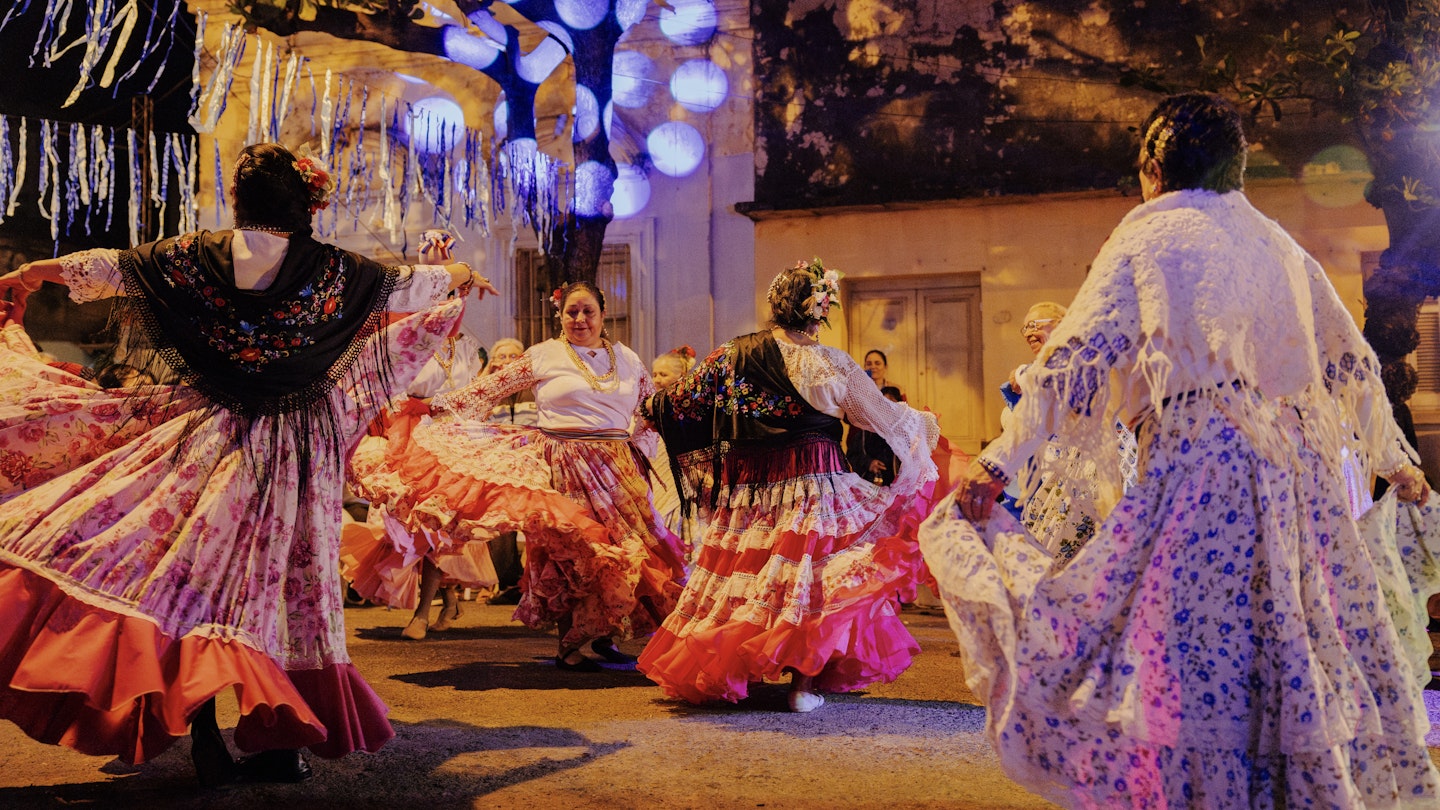Exploring Paraguay: A Travel Guide
Wedged between Brazil and Argentina is a country no bigger than the US state of California, with the largely inaccessible Gran Chaco region accounting for about 60% of its land mass. Perhaps that’s why even ambitious travelers often overlook Paraguay.
However, visitors who do make it to this subtropical, landlocked South American country find ample rewards: quirky cities, rich cultural sites, and natural beauty. Moreover, there’s no chance of overtourism.
If you’re among the many who have never been, here’s what you need to know before your visit to Paraguay.
When Should I Go to Paraguay?
Most areas of Paraguay have a subtropical climate, so expect hot, humid, and rainy conditions year-round. Temperatures are especially high during the South American summer months (December through February), with rain more likely during winter months (June through September). Unlike countries with high numbers of tourists, high and low seasons aren’t really a thing in Paraguay, and prices remain largely affordable, regardless of the time of year you choose to visit.
How Much Time Should I Spend in Paraguay?
Since much of the west of the country is inaccessible, top destinations in the east are relatively close together. However, public-transportation options are limited. If you’re only interested in a few top sites and a city or two, count on a week-long visit. Conversely, if you’re interested in seeing all of the top destinations across Paraguay—such as touring the Itaipu dam, visiting Jesuit missions, and exploring the country’s parks and waterfalls—allow at least two weeks. If you also plan to do ambitious hiking and camping, and/or spend time exploring more remote areas such as the Chaco region, add additional days.
Is It Easy to Get In and Around Paraguay?
International flights land at Silvio Pettirossi International Airport in the capital of Asunción. However, a flight isn’t required: since Paraguay is part of the so-called Tri-Border Region, overland crossings are available and easy to and from southern Brazil and northern Argentina. Once in Paraguay, you’ll find that cities are walkable and taxi services readily available. Nevertheless, short- and long-distance buses traverse Paraguay—but don’t expect comfort or ease of booking, especially if your Spanish is not strong. Therefore, consider renting a vehicle for travel between destinations: many major international rental companies have vehicles for hire from the international airport in Asunción. Local car rental companies also exist.
Top Things to Do in Paraguay
Go Chasing Waterfalls
In a country crisscrossed by water channels, Paraguay has some dazzling waterfalls, including Monday Falls, and national parks with waterfalls within their borders. Ñacunday National Park, for example, is home to the Ñacunday Waterfall as well as a few short trails and a basic camping area near the falls.
Take a Dam Tour
One of the world’s largest hydroelectric dams and power plants is located in Paraguay (all that water!). Located on the mighty Paraná River and shared with Brazil, the Itaipu Binacional Hydroelectric Center provides all of the electricity needed within Paraguay. Free guided tours are offered to the public, which include a visit to the massive dam. If timed just right, you might see the enormous floodgates open, a dramatic event that happens only a few times each year.
Explore the Missions Route
Jesuit missionaries had a brief but pivotal presence in Paraguay, where they established a series of seven missions, each anchored by a church and a settlement. The remains of these missions are protected as a UNESCO site. Visiting these sites—which include Jesús de Tavarangüe and La Santísima Trinidad de Paraná—conveys both the architectural and engineering prowess of the Jesuits, as well as their quest to convert locals to Christianity. La Santísima Trinidad (the Holy Trinity), for example, covers nearly 20 acres and is anchored by an enormous church where visitors can still see remnants of elaborate decorative elements.
Enjoy Tasty Asian Food (Really!)
In the 20th century, immigrants from China, South Korea, and Japan arrived in Paraguay in sizable numbers—thankfully bringing their cuisines. Consequently, you can find many restaurants serving Asian food in Paraguay’s largest cities, and even in smaller towns. Hiroshima is an established institution favored by locals seeking quality Japanese food in Encarnación. Additionally, head to Sawasdee in Asunción for satisfying Thai and Indian dishes.
How Much Money Do I Need for Paraguay?
Generally speaking, prices at hotels, restaurants, national parks, museums, and other attractions are quite affordable because they are set with the locals’ limited budgets in mind. Although credit cards may be accepted, it’s best to have local currency on hand at all times. Like its neighbors, the Paraguayan economy and currency (the guarani) is subject to sometimes dramatic fluctuations, affecting prices.
Basic private room for two: 180,000–250,000 guarani (US$23–32)
Simple two-course set lunch: 30,000–40,000 guarani (US$4–5) per person
More Tips for Enjoying Paraguay
Be Ready to Speak Some Spanish
While some English is spoken in Paraguay, it’s not as common as in better-touristed South American countries. If your language skills are limited, bring a phrase book or brush up on your Spanish before you travel here. You will likely hear Paraguayans speaking Guarani (or a mix of Spanish and Guarani), an Indigenous language that is proudly maintained as the country’s second official language.
Stay Alert
Like most border towns, gritty and bustling Ciudad del Este has some rough areas. Pack your common sense and remain aware of your surroundings. Furthermore, don’t be surprised to see guns: I witnessed uniformed men and locals openly carrying firearms on more than one occasion.
Pack for Hot and Wet Weather
The weather in Paraguay is likely to be hot, humid, and rainy, regardless of when or where you visit—so pack accordingly. While shorts, short-sleeve shirts, and tank tops are commonly worn by locals, it’s advisable to avoid wearing short-shorts or any other revealing clothing.





